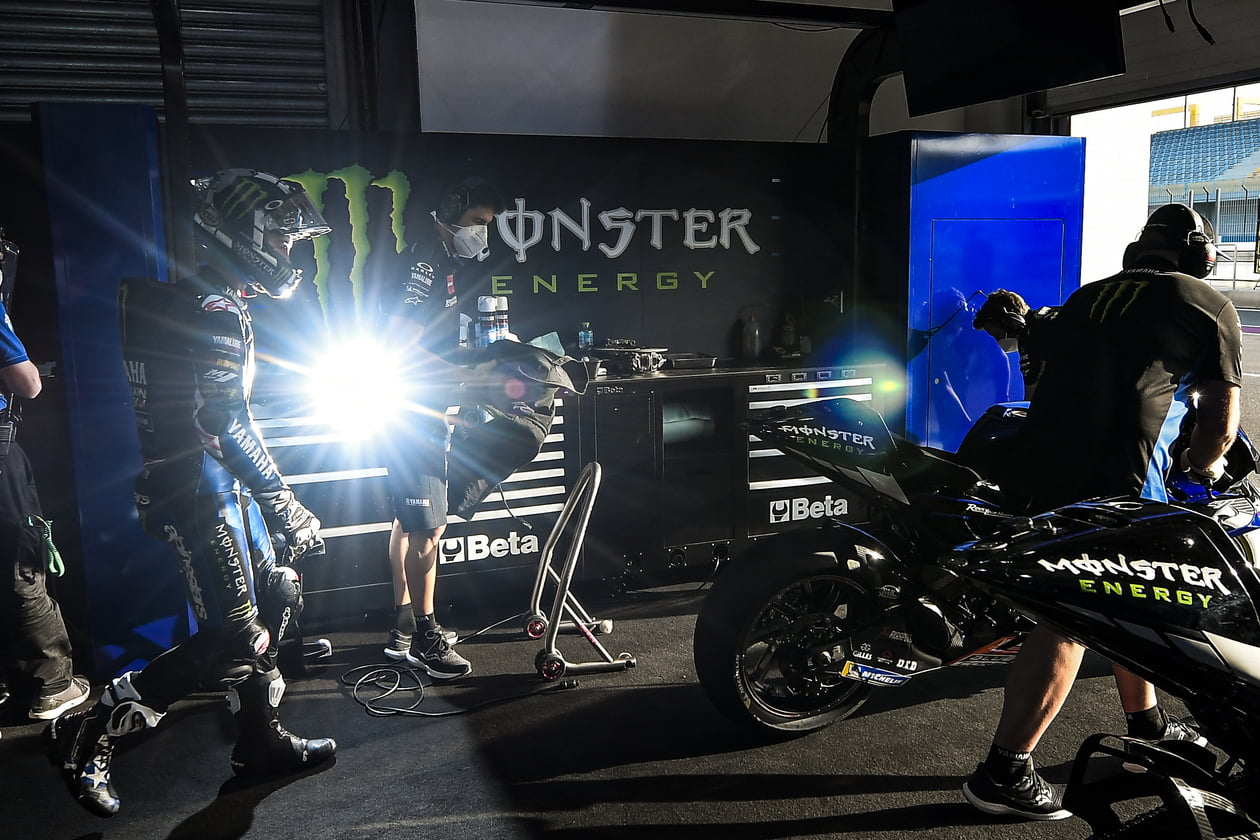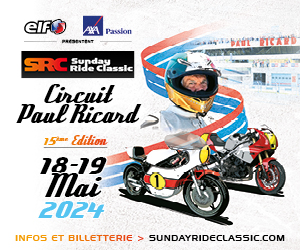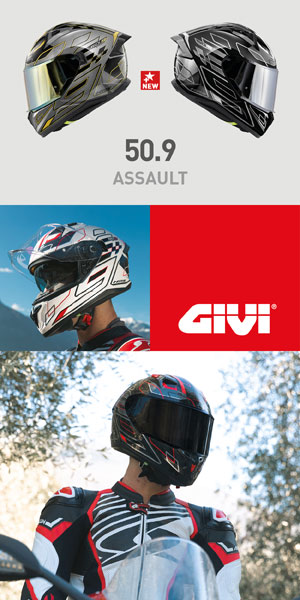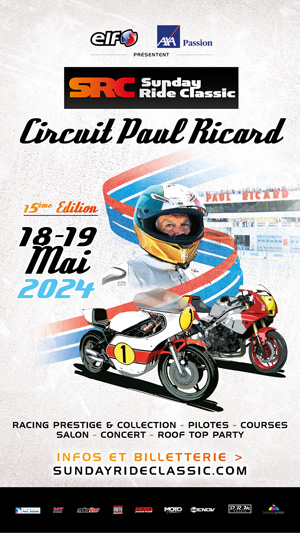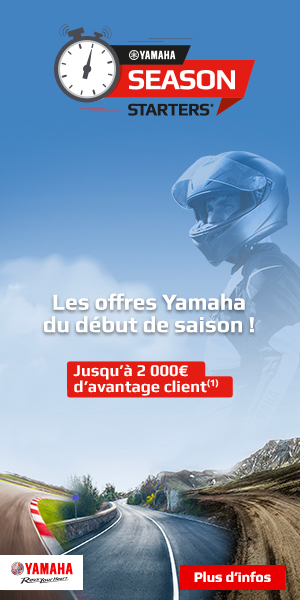Like other manufacturers, and in order to comply with the regulations which impose a freeze on engine development between 2020 & 2021, Yamaha is using an engine of the same design as that used last season. But what's different is that they no longer have the valve reliability concerns that they faced in early 2020, and they have made modifications to the chassis. According to the drivers, the feedback provided by this chassis and its handling are similar to the 1 M2019. As a reminder, the 2019 era was a time when Fabio Quartararo was so confident that he became the strongest opponent toughest of Marc Marquez at the time.
Even though in 2020, Yamaha had made a new engine available to its riders, the riders' complaints regarding the degradation of the rear tire had not changed. But in 2021, the Yamaha seems to be hurting its tires much less. One of the main variables in this change, besides the chassis change, is probably Yamaha's paradigm shift in its approach to Magneti Marelli electronics.
In 2016, MotoGP moved to single software in addition to this famous single and standardized ECU. With everyone forced to use the same software, factories could no longer employ large numbers of engineers to develop software to try to find effective ways to control the behavior of the motorcycle, using management maps from engine torque, traction control, engine braking and anti-wheelie strategies.
Until now, Yamaha's policy has been to try to understand the twists and turns of the algorithms in the unique software provided by Magneti Marelli, and to adapt them to what they have developed so far.
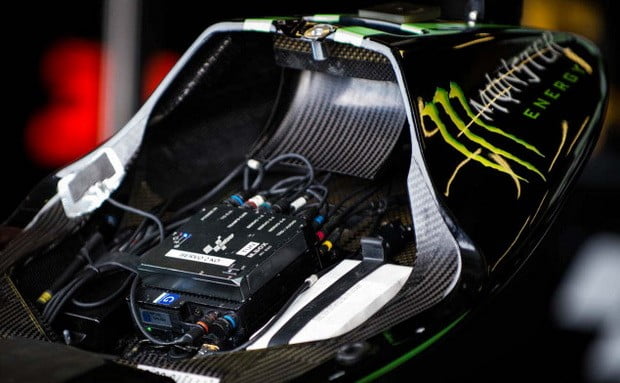
However, its competitors are increasingly accelerating their knowledge of Magneti Merelli's unique software. The acceleration of Ducati, which has long maintained a close relationship with Magneti Marelli, or of Honda which directly poached an engineer from Magneti Marelli, is increasingly difficult to continue for the Iwata manufacturer. Until 2020, Yamaha chose to recruit Marco Frigerio, a former Ducati engineer familiar with all the intricacies of the unique Magneti Marelli software, who notably worked alongside Jack Miller at Ducati Pramac in 2019.
Takahiro Sumi, Yamaha MotoGP Project Manager, looked back on the recruitment of Marci Frigerio : “It brought a lot to the other teams who did it before us. If we had done this also two years ago, perhaps we would be at a better level now. And we also think that the presence of Marco Frigerio has more or less changed Yamaha's paradigm when it comes to electronics during the race weekend. »
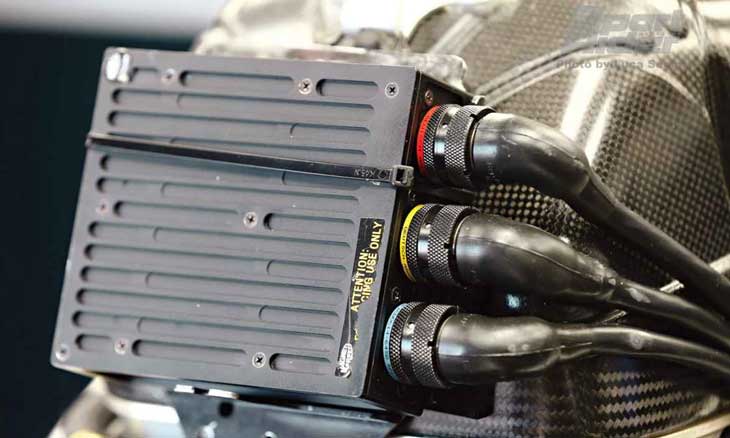
However, what has changed very significantly in the perspective of the Yamaha M1 setup from 2020 are two variables, namely how torque is delivered and traction control. Until now, the Yamaha had big problems with the rear tire overheating, especially on circuits where there are several consecutive corners on the same side, which do not allow enough time for the tires to cool down. This excess heat causes degradation, which reduces grip and ultimately makes the M1 more difficult to ride as the race progresses.
Most manufacturers use a similar torque mapping and traction control philosophy when racing: riders start the race with maximum torque mapping, because the rear tires are new, so they can transmit all the power to the ground available, a crucial thing especially at the start and in the first laps to get the best of your pursuers. At this point in the race, they also have the traction control mapping at maximum, which aims to limit sliding and preserve the tires.
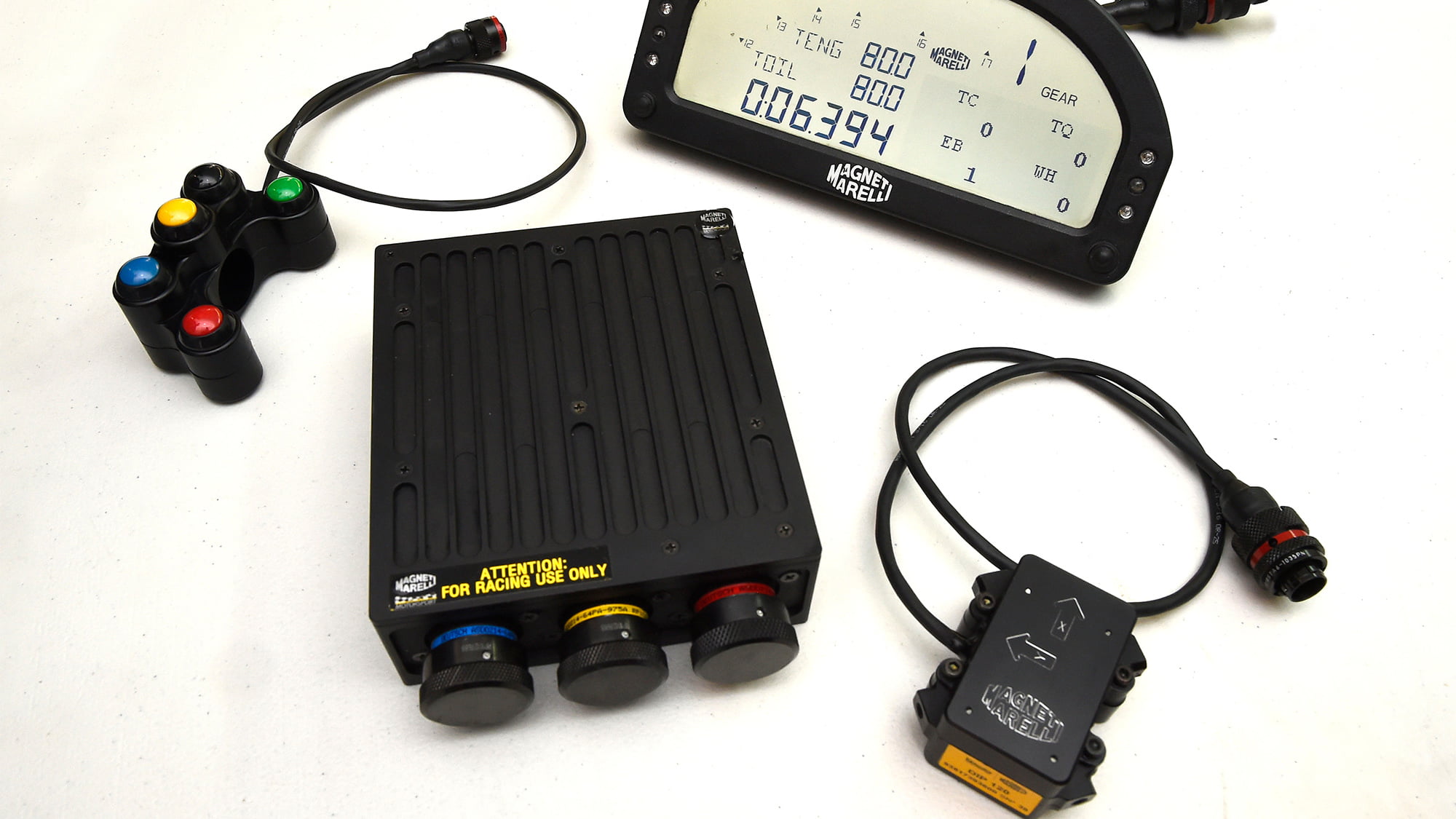
After a few laps of the race, the rear tires wear out and at the same time, the drivers switch to a gentler torque mapping (the famous Mapping 2 which appears on the screen), to save the rear tires. Simultaneously, many also use weaker traction control mapping at this time.
Before the 2020 season, Yamaha used the following map strategy: riders started the race with the maximum torque map, but with low traction control, and shortly before the halfway point, they switched to a higher torque map. soft combined with higher traction control, in order to preserve the tire.
By increasing traction control while torque mapping is limited, the engine does not accelerate as quickly out of corners. Indeed, even if the amount of torque delivered to the tires is limited, the motor still provides enough torque to make the tires slide. And with high traction control mapping, this combines two performance limiting effects, since when the tire slips, the ECU delivers less torque to the tires.
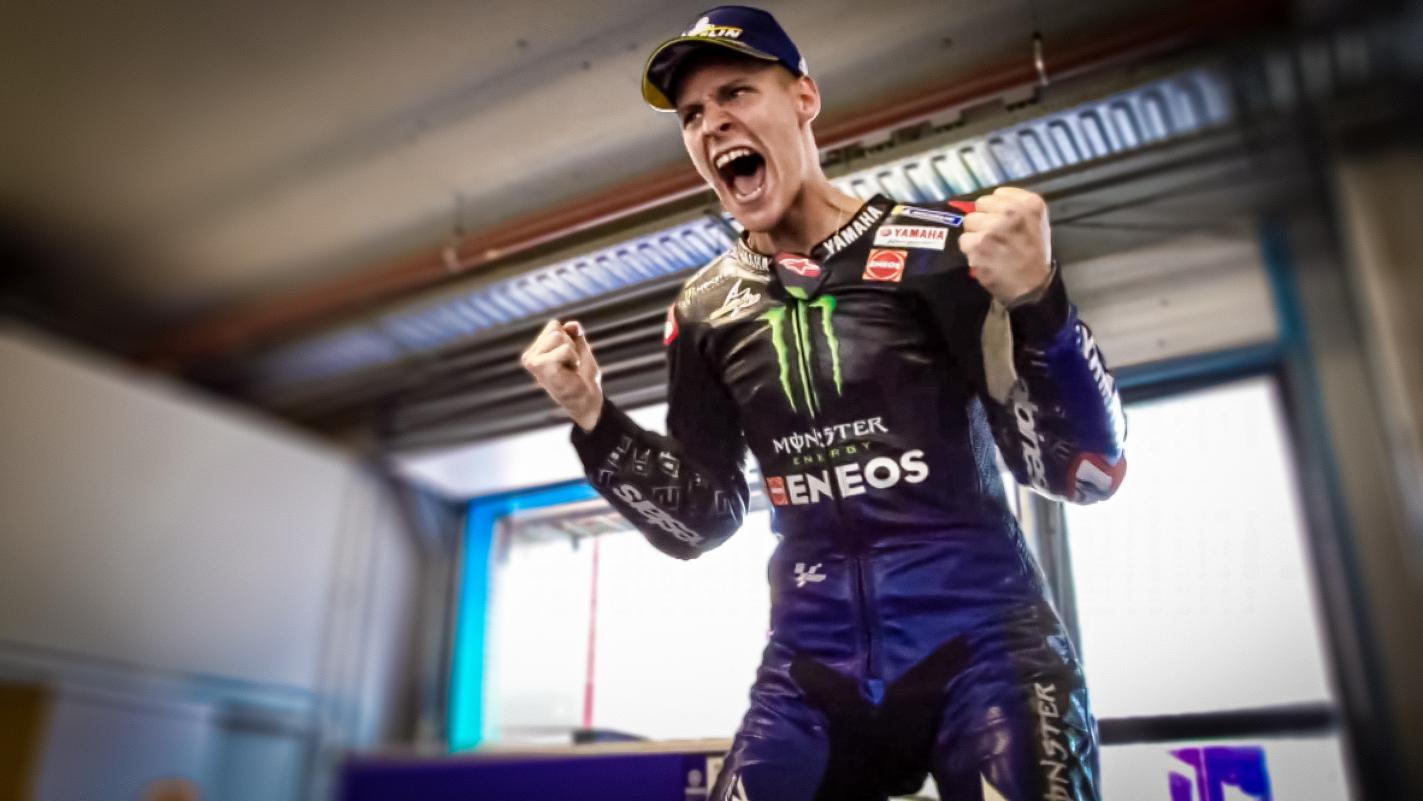
During the first race in Qatar, it looked like Maverick Vinales had started to abandon the 2020 approach and strategy. The Spanish driver did not rely on more traction control to protect his rear tire in the final half of the race. race. Instead, he uses less traction control and relies on his right hand to manage torque to get out of corners as quickly as possible without slamming his tires. From the second race in Qatar, during the GP, the same strategy was applied for Fabio Quartararo.
And this strategy seems to be paying off: last year, after a thunderous start to the season, the French driver had many difficulties with his tires, while he was very good in the qualifying sessions, where tire wear did not improve. is not a problem for a timed lap. This year, halfway through the season, he is the leader of the World Championship and seems unbeatable. Yamaha has undoubtedly done well to review its approach regarding the electronic settings of the M1.










